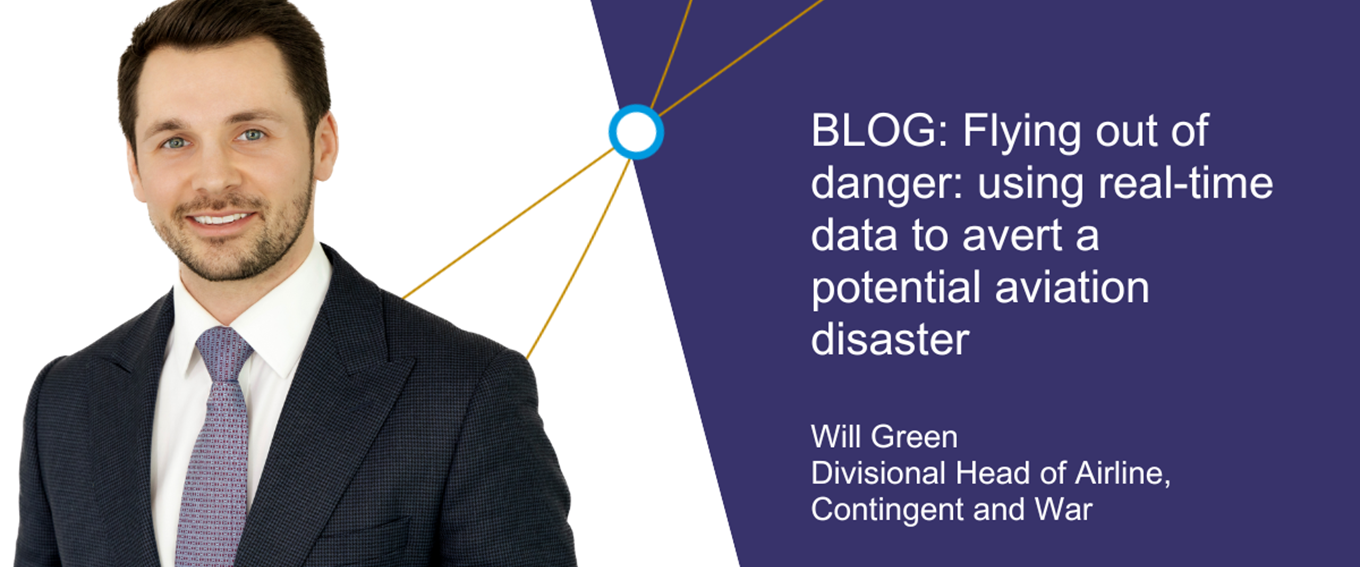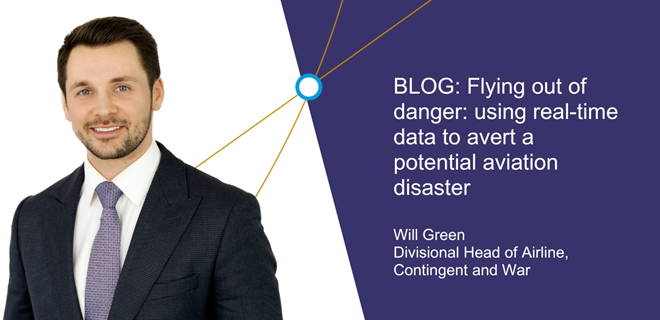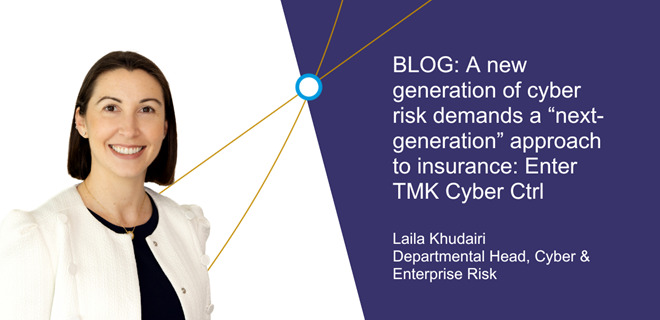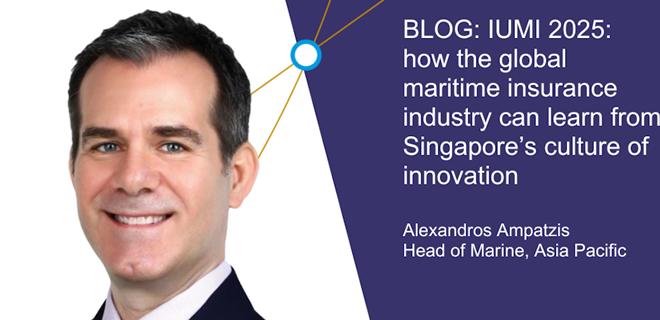
Insights

Flying out of danger: using real-time data to avert a potential aviation disaster
By Will Green, Divisional Head of Airline, Contingent & War
Thursday, October 16, 2025
The mineral-rich eastern region of the Democratic Republic of Congo (DRC) has endured over three decades of conflict, a situation that has persisted since the 1994 Rwandan genocide. Numerous armed factions have vied with the central government for dominance and control over the immense wealth potential within this vast country.
Strategic advances
A resurgence in violence since the start of this year, marked by significant advances by a prominent rebel group brought global attention to the region. A major advance by the group earlier this year saw its soldiers descend. Sitting on the border with Rwanda and the shores of Lake Kivu, Goma is a vital regional trading and transport hub located within reach of mining towns supplying metals and minerals in high demand. Its airport, at the base of the Nyiragongo volcano, was a key prize for the rebels. Control the airport and they would shift the balance of power in the region.
The speed of the rebel group’s advance meant that time to evacuate, including for the planes and pilots at the airport, was limited.
Real-time intelligence
Recognising the increasing complexity of global risks, our aviation team developed a cutting-edge offering that provides real-time alerts of evolving risks in conflict zones around the world. It uses advanced technology and data analytics to monitor geopolitical developments in the areas where insured assets are located, enabling us to provide our aviation clients with real-time information on potential threats. By identifying emerging risks early, the tool aims to enable our clients to take proactive measures, protect their operations and people, and mitigate their exposure.
The system was put to the test as rebels marched on the airport earlier this year. With our intelligence partners, we spotted the build-up of military forces. The strategic importance of the airport meant that planes and personnel landing were clearly at risk. Our aviation team immediately notified clients—to give them the opportunity to get their people out and divert any inbound flights. As clients were advised of the risk and our team facilitated alternative cover, the potentially devastating impact to the client, the pilots and crew was mitigated.
The evolving role of insurers
In a world of increasingly heightened geopolitical tensions, cases like the one I have shared are currently the exception, not the rule. But this is changing—as is the role of insurers. We are no longer only there to support in the aftermath of a disaster; we can harness our knowledge and expertise to prevent and mitigate risk too. This kind of approach – harnessing data, technology and longstanding expertise – is needed now more than ever to ensure we continue to effectively manage risks and help us create a safer world where we do our best to avert potential disruptions.
And do our best we must. While the financial cost of these conflicts can be counted in dollars, the humanitarian cost is immeasurable. While we must acknowledge even these advancements cannot prevent every tragedy, in an industry where safety and security are paramount, having access to timely and accurate information is more critical than ever before – and insurers have a clear role to play.
LATEST INSIGHTS

Flying out of danger: using real-time data to avert a potential aviation disaster
By Will Green, Divisional Head of Airline, Contingent & War
16 October 2025
Decades of conflict in eastern DRC have escalated in 2025, with rebel advances threatening key infrastructure. This blog explores how real-time intelligence helped aviation clients respond swiftly to emerging risks—and how insurers are evolving to proactively mitigate geopolitical threats.

A new generation of cyber risk demands a “next-generation” approach to insurance: Enter TMK Cyber Ctrl
By Laila Khudairi, Departmental Head of Cyber & Enterprise Risk
25 September 2025
Cyber threats have steadily increased in sophistication and scale, with attacks costing the global economy billions every year. Cybercriminals have evolved from lone wolves to groups akin to mid-sized corporations with HR departments and training programmes.

IUMI 2025: how the global maritime insurance industry can learn from Singapore’s culture of innovation
By Alexandros Ampatzis, Head of Marine, Asia Pacific
03 September 2025
It is clear that Singapore is truly taking advantage of the new opportunities created by automation. Discussions at IUMI will need to focus on how the insurance industry should follow suit in order to keep pace with the new risks and opportunities it presents.